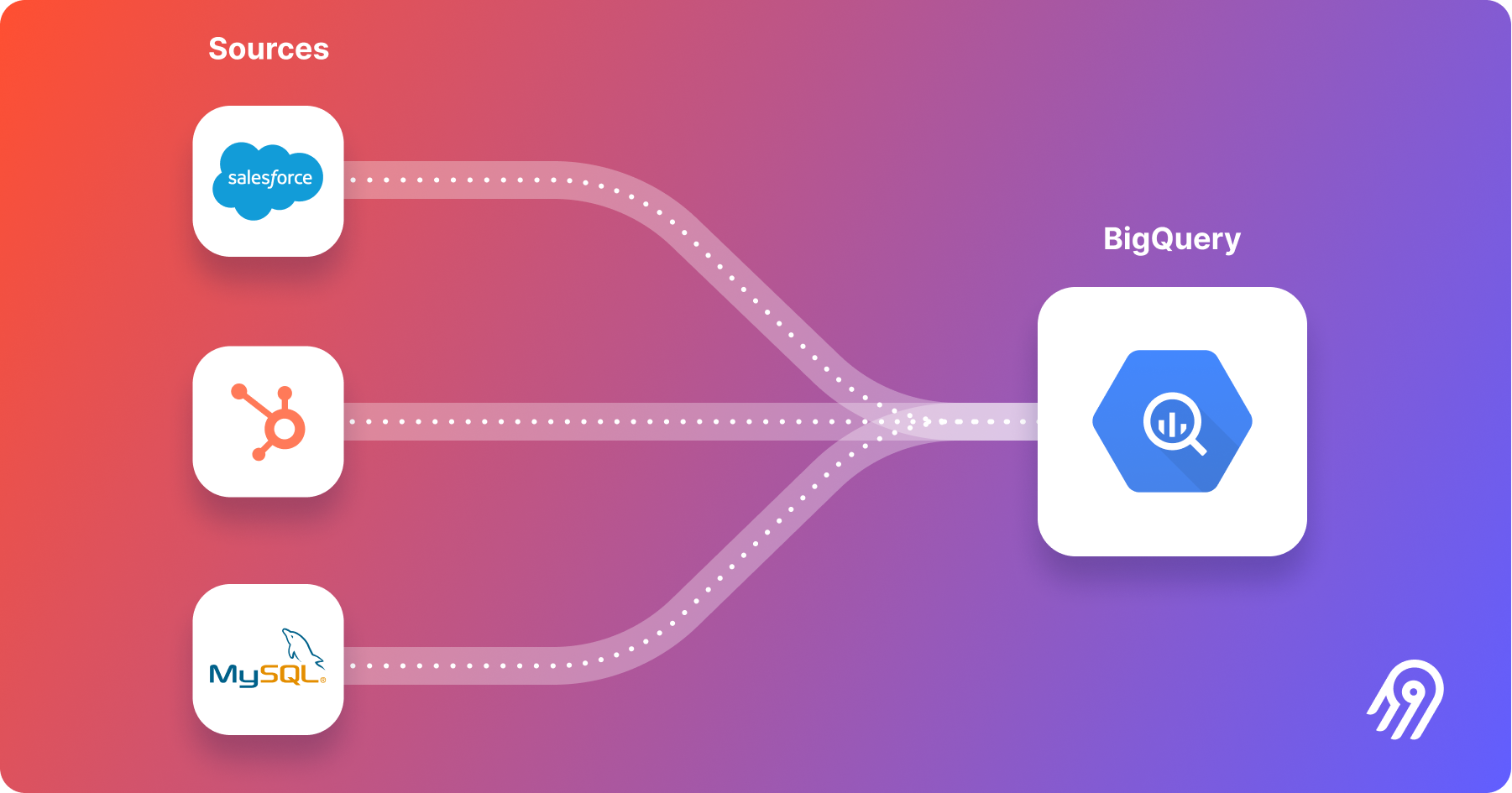Data Glossary 🧠
Search
What is Data Integration?
Data integration is the process of combining data from disparate source systems into a single unified view. This can be accomplished via manual integration, data virtualization, application integration, or by moving data from multiple sources into a unified destination. These data integration methods are discussed below.
# Manual integration
Before implementing a systematic approach to data integration, organizations may initially make use of manual integration when trying to make sense of data that is spread across multiple systems. This involves analysts manually logging into source systems, analyzing and/or exporting data on these systems, and creating reports based on their findings.
Manual integration as a data integration strategy has several disadvantages. In addition to being time-consuming, analysts require access to multiple operational systems which creates security risks. Furthermore, analysts may run expensive analytics operations on systems that are not optimized for such workloads, which may interfere with the functioning of these systems. Finally, data in the source systems may frequently change which means that manually generated reports will quickly become outdated.
# Data virtualization
Organizations may also consider adopting a data virtualization solution to integrate their data. In this type of data integration, data from multiple sources is left in place and is accessed via a virtualization layer so that it appears as a single data store. This virtualization layer makes use of adapters that translate queries executed on the virtualization layer into a format that each connected source system can execute. The virtualization layer then combines the responses from these source systems into a single result. This data integration strategy is sometimes used when a BI tool like Tableau needs to access data from multiple data sources.
One disadvantage of data virtualization is that analytics workloads are executed on operational systems, which could interfere with their functioning. Another disadvantage is that the virtualization layer may act as a bottleneck on the performance of analytics operations.
# Application integration
Another alternative data integration solution is to directly link multiple applications to each other and move data directly between them. This is known as application integration, and linking can be done via point-to-point communications, via a middleware layer such as an enterprise service bus (ESB), or through an application integration tool.
Application integration may result in many copies of the same data across multiple source systems, which may increase cost, and may cause a large amount of point-to-point traffic between various systems. Furthermore, as with the previous data integration types, executing analytics workloads directly on operational systems could interfere with their functioning.
# Moving data to a unified destination
Sending data from across an enterprise into a centralized system such as a database, a data warehouse, a data lake, or a data lakehouse results in a single unified location for accessing and analyzing all the information that is flowing through an organization. At Airbyte we are advocates of this data integration methodology, and the next section of this article is dedicated to discussing its benefits in more detail.
Below is a high-level representation of data replication from multiple sources into Google BigQuery.
 Data replication into a central destination
Data replication into a central destination
Read more on Data Integration Guide: Techniques, Technologies, and Tools | Airbyte.